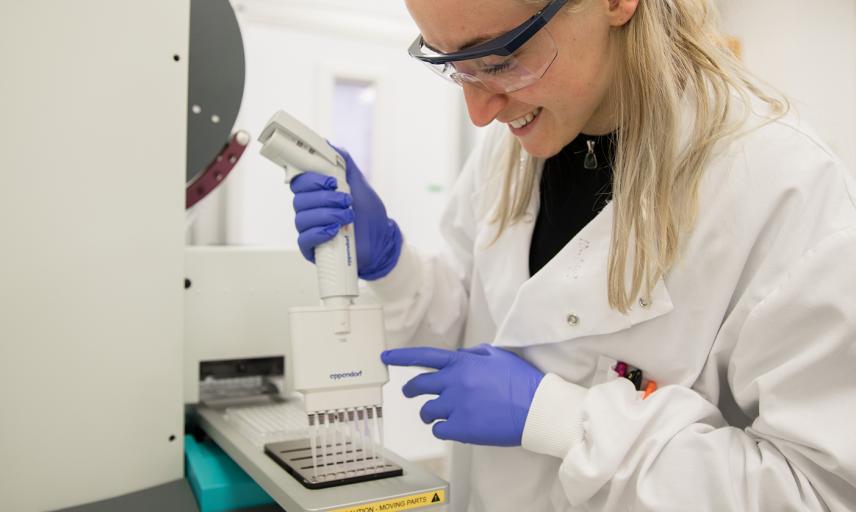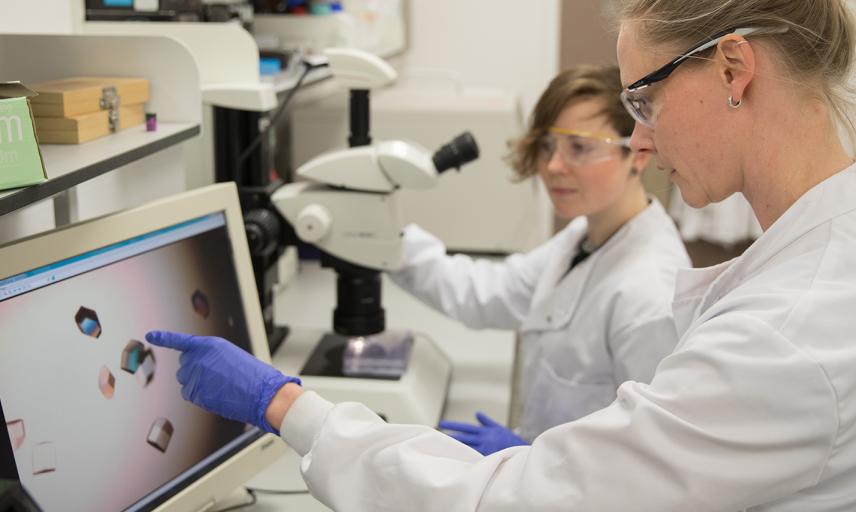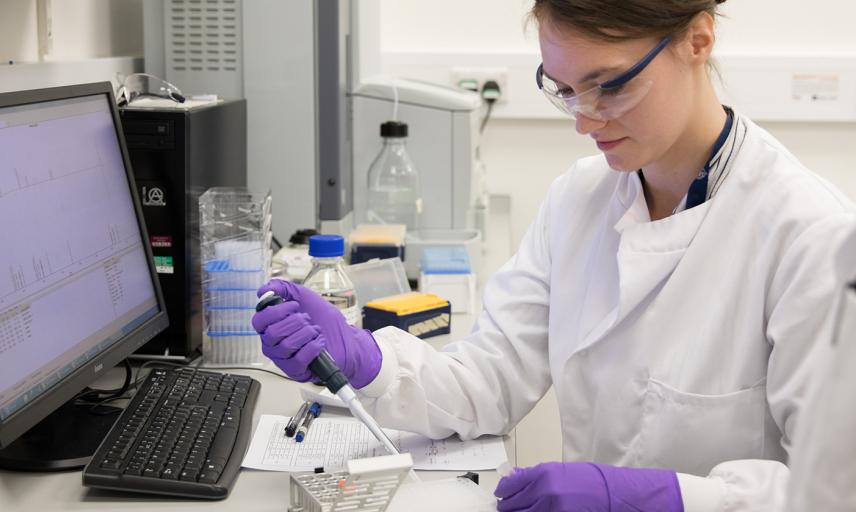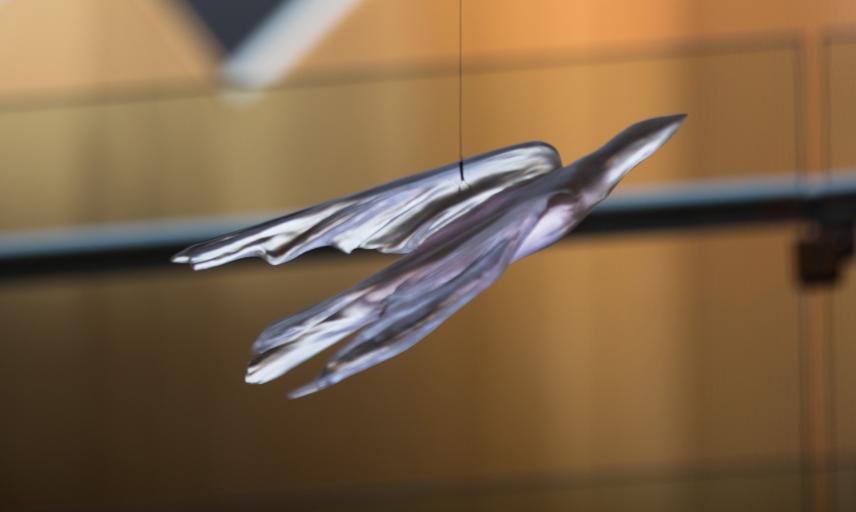Work with us
The Department of Biochemistry at the University of Oxford is a centre for world class research and teaching of all aspects of Biochemistry by staff from many different backgrounds and nationalities
The Department of Biochemistry comprises over 45 research groups and around 400 researchers and support staff, including 100 postgraduate students, and an additional 350 undergraduates. We are a vibrant research and teaching department and benefit from state-of-the-art research facilities in our stunning purpose-built building occupied since 2008.
Research in the Department is very broad and encompasses all aspects of modern molecular and cellular biochemistry, from atomic resolution biophysics to cell biology and imaging. The quality of our research is outstanding as demonstrated by an impressive publications output and the international standing of many of our researchers.
The breadth and excellence of our research activities are reflected in the scope of the Biochemistry undergraduate course and underpin its teaching activities. We offer training to around 90 undergraduates each year on the 4-year integrated Masters course in Biochemistry. Many of the group leaders as well as some postdoctoral researchers and graduate students teach on this course or contribute to other undergraduate courses.
Our research and teaching activities are funded from a wide range of sources including research councils, charities, and industrial sources. Annual research income is around £12.5million.
The Department is located in the South Parks Road Science Area. Most departmental members are based in the Dorothy Crowfoot Hodgkin Building, but members of the Glycobiology Institute are based in the Rodney Porter Building close by. The neighbouring Rex Richards Building houses the NMR facility.
The Department is part of the University of Oxford’s Medical Sciences Division. It benefits from an excellent intellectual and working environment afforded by links with other divisional departments both nearby and at the John Radcliffe and Churchill hospital sites, as well as with the Mathematical, Physical and Life Sciences Division in the Science Area.








